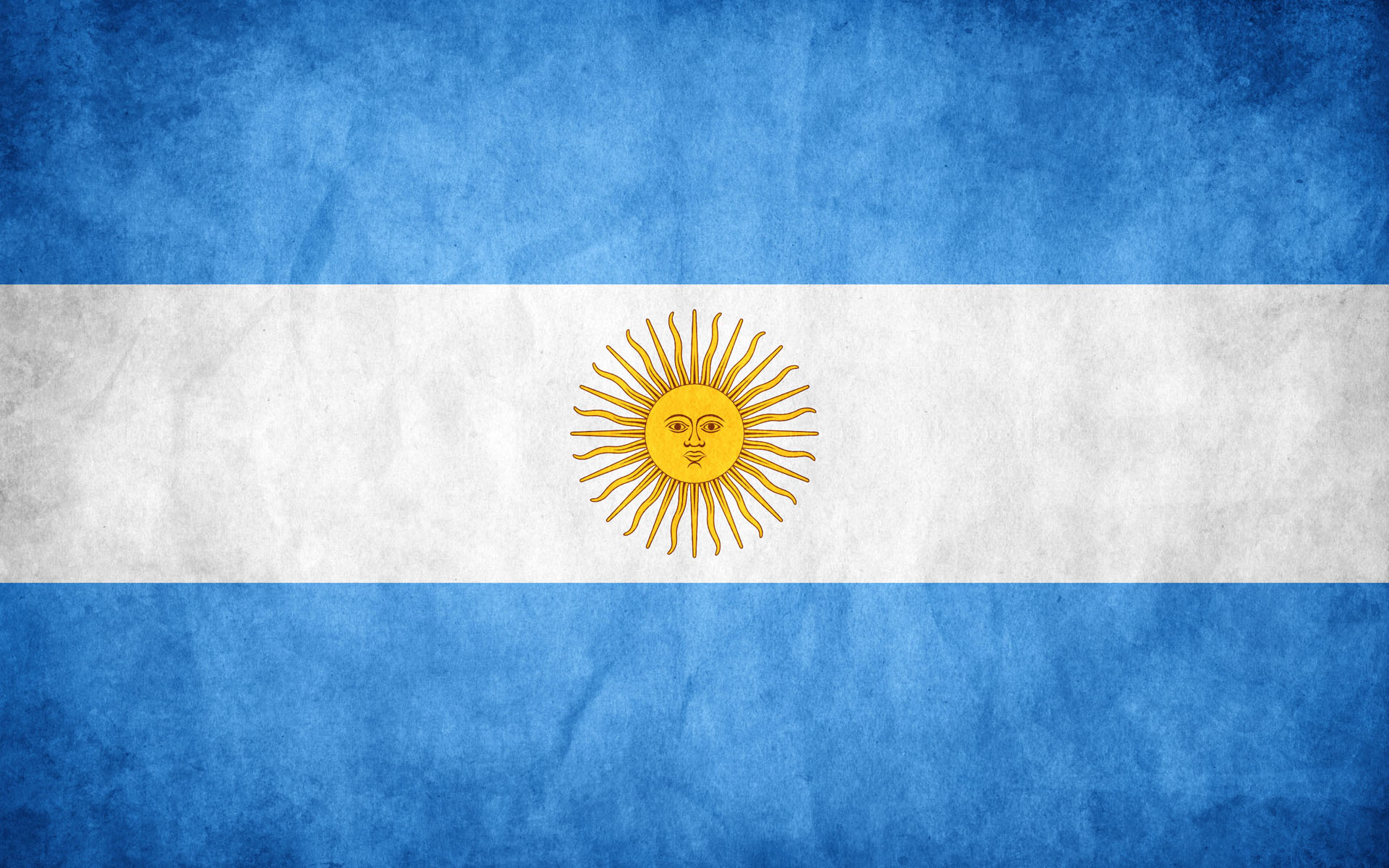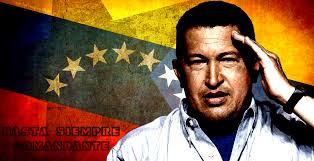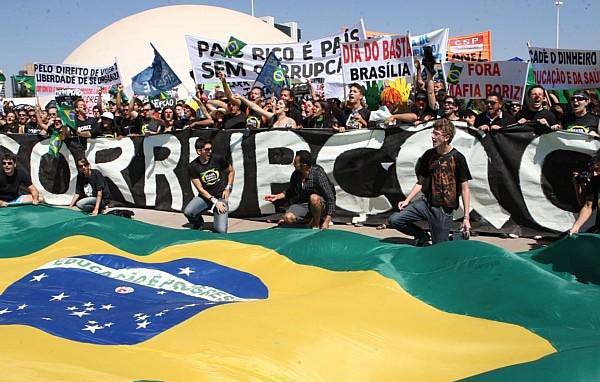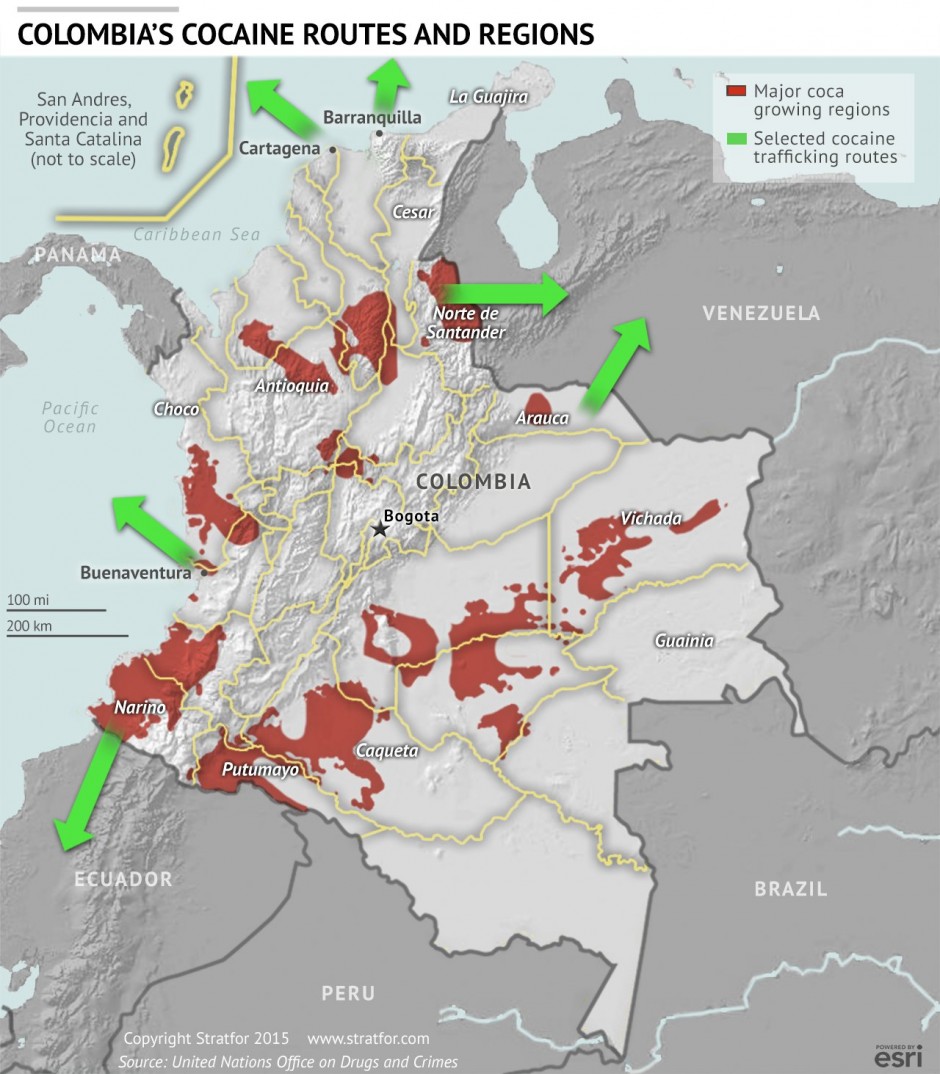Latin America: A Region Shaped by Conflict : Before the emergence of independent Latin American states, the region saw roughly 300 years of Iberian colonization. Near the end of the 19th century, things started to look promising and Latin America experienced a major period of economic growth, brought on by international demand of raw materials.
Between the late 1800s up until the 1930s, Latin America saw its first export boom. The demand for Latin American resources spiked, and tremendous amounts of money began to pour into Latin American countries. The wealth, however, was unevenly distributed and mostly wealthy elites benefited. The money that was coming into the nations allowed “caudillos” to emerge. These were essentially wealthy landowners who had gangs and political influence.
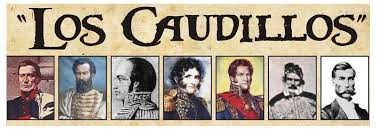
Credit : La Gazeta Federal
They could be understood as modern-day warlords. There was a certain level of disorder brought on by the emergence and competition between caudillos. At the time, there was no proper or well-organized authority to control this chaos and disorder. The wealth from the export boom also played a role in changing this, as it allowed Latin American countries to build up and bolster their national armies as well as their national police forces. Military experts and advisors were hired from Europe, specifically France and Germany, to train the armed forces and develop them into capable defence and law enforcement bodies. These national military and police forces, now more advanced and experienced, were able to bring order and stability to Latin American countries and establish themselves as a centralized authority.
Many Latin Americans felt that their economies were not able to prosper under capitalism, and after years of feeling betrayal and exploitation they turned to socialism. In 1959, Fidel Castro overthrew the pro-American Batista government in a socialist revolution.
Castro immediately aligned Cuba with the Soviet Union and denounced the United States for problems that they had caused in Latin America. Castro strong anti-imperialist and anti-American rhetoric resonated well with many Latin Americans, and eventually led to many embargoes and decades of tension between Cuba and the United States. Castro sent revolutionaries to other Latin American countries and even sent many abroad, particularly to Angola and Mozambique.
Latin America was a major battleground during the Cold War, as the United States and the USSR competed to establish ideological influence. Between 1970 and 1980, many Latin American countries were military regimes and successfully prevented revolutionaries from taking power. In 1979 however, the Sandinistas overthrew the Anastasio Somoza government in Nicaragua another socialist Revolution. The Latin American Military regimes were very nationalistic and most were pro-American. The United States promoted and supported many of these regimes. It is well known that the Nixon administration was adamantly against the Salvador Allende government, and supported the 1973 coup that brought Augusto Pinochet into power.
For the United States, the main adversaries were the pro-Soviet Marxist revolutionaries who envisioned a socialist Latin America. Many took up arms and attacked national armies and government buildings. This resulted in widespread violence and civil disarray. As government forces clashed with Marxists to suppress these socialist uprisings, many civilians were caught in the crossfire and killed. Several of these Marxist rebel groups resorted to kidnapping, extortion, and drug trafficking as a means of earning income, which resulted in further chaos throughout the region.
Many of these revolutions were unsuccessful, especially in Central American nations. This is because the United States Southern Command was strategically stationed in Panama, near the Panama Canal. They trained and supplied 16,000 counter-revolutionaries to suppress and prevent the spread of socialist revolutions that were inspired by Castro’s Cuban Revolution. Many governments and paramilitary organizations were aided and trained by the United States to support the nationalistic military regimes throughout Latin America and prevent USSR-backed socialist revolutionaries from successfully taking power, which would have attested to Moscow’s tightening grip in the region.



